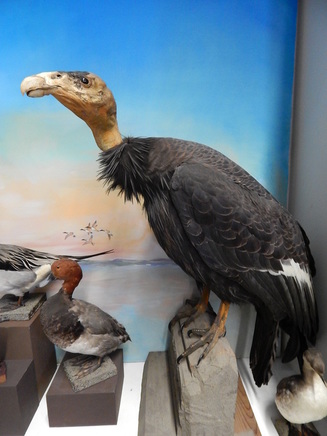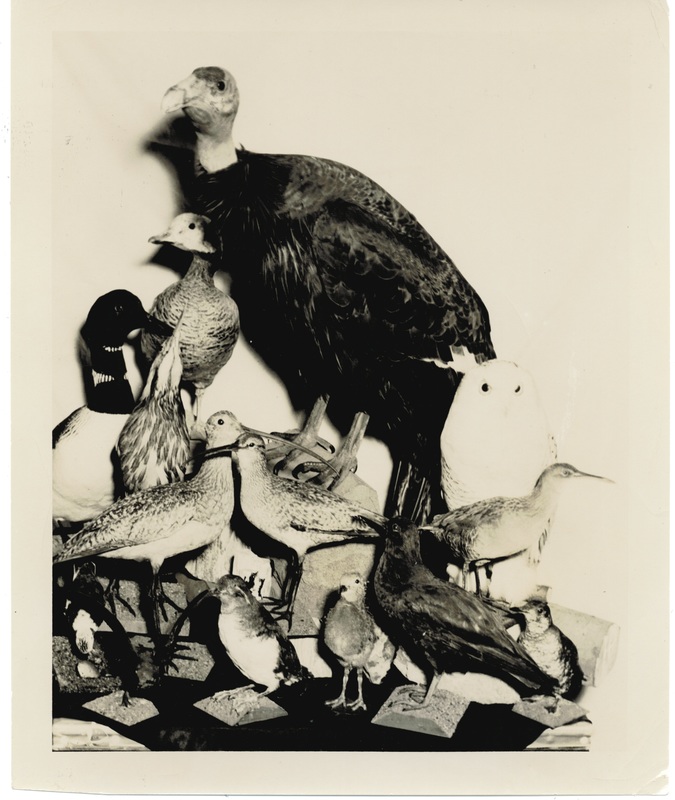California Condor
|
The California Condor, once headed toward extinction, is poised to make a remarkable comeback here on the North Coast. The Yurok Tribe is taking the final steps toward the reintroduction of the species tribal lands. Condors were prevalent in the days before the gold rush, but a decline in population was becoming evident to wildlife experts by the end of the nineteenth century. Many of these magnificent scavengers met their demise at the end of a rifle barrel, killed by settlers who erroneously vilified them as a predatory threat to their livestock and/or children.
Once population numbers dropped drastically, the Condor stood little chance of rebounding, due to its breeding cycle and rearing habits. Condors in the wild do not breed until mature, at about 7 years of age. Only one egg is laid per reproductive cycle, and their young are reared for up to 12 months. As a result, Condors must skip a nesting cycle, meaning that a breeding pair can produce only one juvenile Condor every 2 years. Consideration of these factors, along with a total estimated population of fewer than 30 Condors in existence in the early 1980s, prompted wildlife groups to capture all remaining wild condors for a captive breeding program at the San Diego Zoo. Since this breeding program began in 1987, Condor populations in the wild have slightly rebounded. Total populations have risen to over 400 individuals, and less than half of these remain in captivity at present time. |


